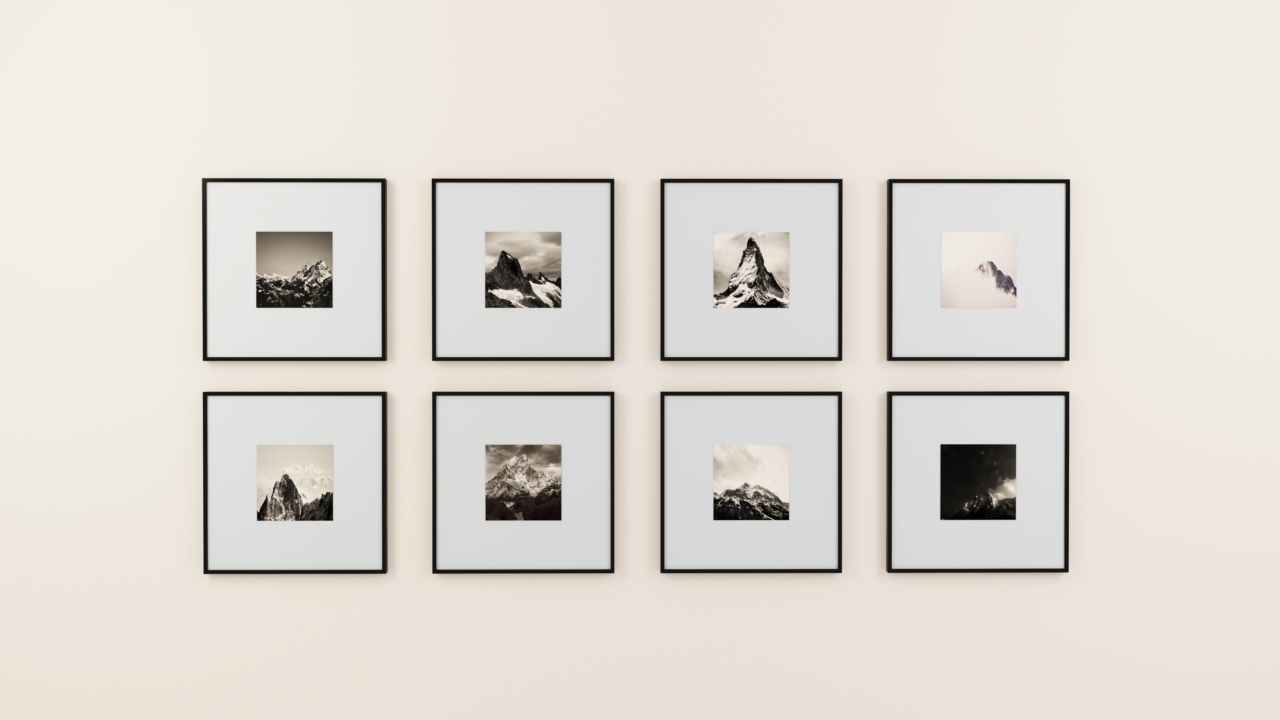Phobias are common and often debilitating fears that can affect people’s daily lives. While some fears, like a fear of heights or spiders, are well-known and understood, others are more obscure and bizarre.
These phobias can often be difficult to understand or relate to, but they are very real for those who suffer from them. Here are fifteen bizarre phobias, each illustrated with a picture to help you understand them better.
1. Arachibutyrophobia
Arachibutyrophobia is a fear of getting peanut butter stuck to the roof of your mouth. This phobia can be rooted in a fear of choking or suffocating, but for others, it may simply be an unpleasant sensation.
Those who suffer from this phobia may avoid peanut butter or other sticky foods altogether.
2. Pogonophobia
Pogonophobia is a fear of beards or facial hair. This phobia can be more common in women but can affect anyone.
People who suffer from pogonophobia may find it difficult to be around people with beards or may feel uncomfortable touching or being touched by someone with facial hair.
3. Trichophobia
Trichophobia is a fear of hair. This phobia can be rooted in a fear of contamination or disease, and those who suffer from it may avoid touching their own hair or the hair of others.
Some people with trichophobia may also have a fear of hair loss or may be uncomfortable in situations where hair is prevalent, like in a hair salon or barber shop.
4. Nomophobia
Nomophobia is a fear of being without your mobile phone or not having service. This phobia is becoming more common as we become more reliant on technology, but for those who suffer from it, it can be a real problem.
People with nomophobia may feel anxious or distressed when their phone is not available, and may go to great lengths to ensure that they always have it with them.
5. Ablutophobia
Ablutophobia is a fear of washing or bathing. For those who suffer from this phobia, the idea of washing or bathing can be distressing or even terrifying.
Some people with this phobia may avoid bathing altogether, while others may find it difficult to bathe in public or shared spaces.
6. Coulrophobia
Coulrophobia is a fear of clowns. This phobia is more common in children but can persist into adulthood. People with coulrophobia may find it difficult to be around clowns or may be terrified by their appearance.
Even fictional or cartoon clowns can be distressing for people with this phobia.
7. Ailurophobia
Ailurophobia is a fear of cats. This phobia can be related to a fear of scratches or bites, but for others, it may simply be an irrational fear.
People with this phobia may avoid cats or may feel uncomfortable being in a space where there are cats present.
8. Hippopotomonstrosesquipedaliophobia
Hippopotomonstrosesquipedaliophobia is a fear of long words. Ironically, the name of this phobia is itself a long word.
People with this phobia may find it difficult to read or pronounce long words and may feel anxious or distressed when they encounter them.
9. Ombrophobia
Ombrophobia is a fear of rain or being rained on. This phobia can be related to a fear of lightning or thunder, or it may simply be a fear of getting wet.
People with ombrophobia may avoid going outside when it is raining or may be uncomfortable being in spaces where rain is prevalent, like near waterfalls or fountains.
10. Omphalophobia
Omphalophobia is a fear of belly buttons. This phobia can be related to a fear of germs or contamination, or it may simply be an irrational fear. People with omphalophobia may avoid touching their own belly button or being touched by others in that area.
11. Genuphobia
Genuphobia is a fear of knees. This phobia can be related to a fear of injury or pain, or it may be an irrational fear.
People with genuphobia may avoid touching their own knees or the knees of others and may be uncomfortable in situations where knees are exposed, like at a beach or swimming pool.
12. Anthophobia
Anthophobia is a fear of flowers. This phobia can be related to a fear of pollen or allergies, or it may simply be an irrational fear.
People with anthophobia may avoid being near flowers or touching them and may feel anxious or distressed in spaces where flowers are present.
13. Phagophobia
Phagophobia is a fear of swallowing or eating. This phobia can be related to a fear of choking or suffocating, or it may be rooted in anxiety.
People with phagophobia may avoid eating or may have difficulty swallowing certain foods, which can lead to weight loss or other health problems.
14. Chromophobia
Chromophobia is a fear of colors. This phobia can be related to a fear of bright or bold colors or may be an irrational fear.
People with chromophobia may avoid wearing or looking at certain colors or may feel anxious or distressed in spaces where bright colors are prevalent.
15. Anatidaephobia
Anatidaephobia is a fear of being watched by a duck. This phobia is not very common, but for those who suffer from it, it can be distressing.
People with anatidaephobia may avoid going near ponds or lakes where ducks are present or may feel anxious or distressed when they see a duck, even in pictures or on television.
Conclusion
While some of these phobias may seem bizarre or even comical, they are very real for those who suffer from them. Understanding and accepting these fears is important for creating a more inclusive and understanding society.
If you or someone you know suffers from a phobia, it is important to seek help from a mental health professional to overcome the fear and improve your quality of life.






























